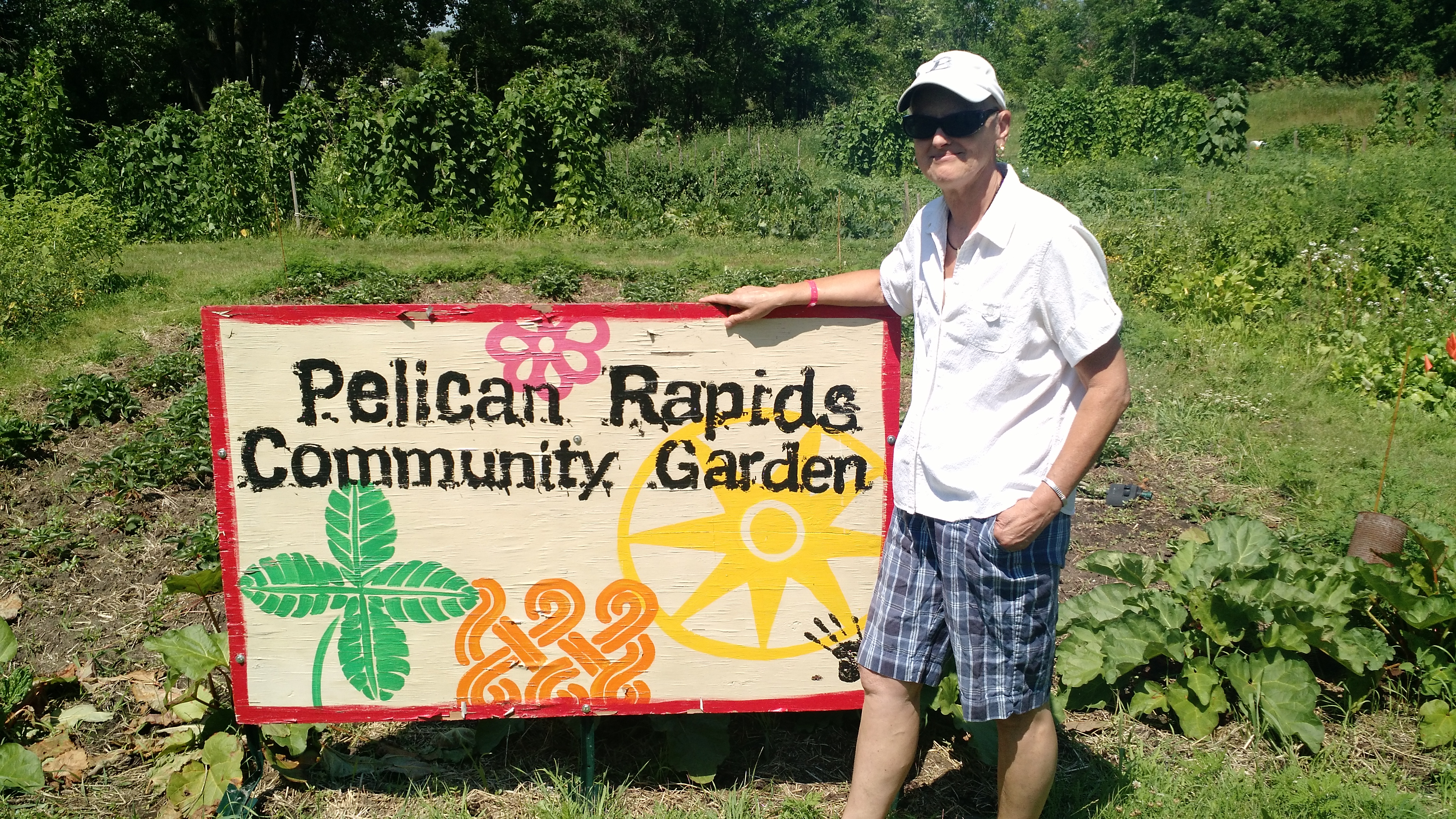Pelican Rapids Community Garden
A community garden for cultural understanding and access to fresh produceParticipants
- White residents
- Hispanic residents
- New American residents
Desired Outcomes
The community garden hopes to Provide Pelican Rapids residents without land access to a garden plot. They want to improve residents’ access to nutritious food and create safe spaces for residents to bond with each other.
How the Pelican Rapids Community Garden Build Relationships?
Over time, the volunteer organizers and individual gardeners learn about each other’s favorite foods and preferred gardening methods through unstructured conversations. For example, one of the Hispanic gardeners lost tomatillos when they were tilled under one spring by someone who did not recognize them. Now the tiller avoids her plot each season.
Costs
- $500 for upkeep (provided by community garden grant)
- $7 donation to the food shelf per plot, the food shelf pays for electricity ($30/month)
Time Resources
A volunteer manager organizes the plots and tills the land. Gardeners work their plots on their own time.
Other Resources
Cecil provides the land and the water pump that allows access to river water. A local artist donated the garden sign when a friend asked her to. With support from the Food Shelf backing and energetic, enthusiastic volunteers, the garden does not need its own nonprofit status or many extra financial resources.
Direct Partners
- University of Minnesota Extension Service
- Pelican Rapids Food Shelf as needed

Our Story: It was never my land.
I do not call it ‘my land’ because it does not belong to me; it never belonged to me. It was here before me, and it will still be here after I am gone.
Benefits
This community garden provides people who would not otherwise have access to land a place to grow their own vegetables. It also provides some fresh produce to those who utilize the local food shelf. The opportunity to garden in a shared space reduces cultural barriers, because people have the opportunity to interact in a safe environment around a shared interest.
Challenges
The main challenge comes from individual gardeners who do not follow the rules (keep your plot weeded and neat). Julie had to ask several individuals to leave their plots when they were not using them for their intended purpose. Upkeep occurs only as needed because there are very few resources to pay for extra efforts. The garden’s success depends on Cecil’s generosity and access to water from the nearby river. Without easy and inexpensive access to water and land, the garden would require much more money to continue operation.
Things to Remember
- Recongize a need for a garden.
- Acquire seed money, access to land, and a water source.
- Know who can help you find people who are enthusiastic about the work and will volunteer to help.